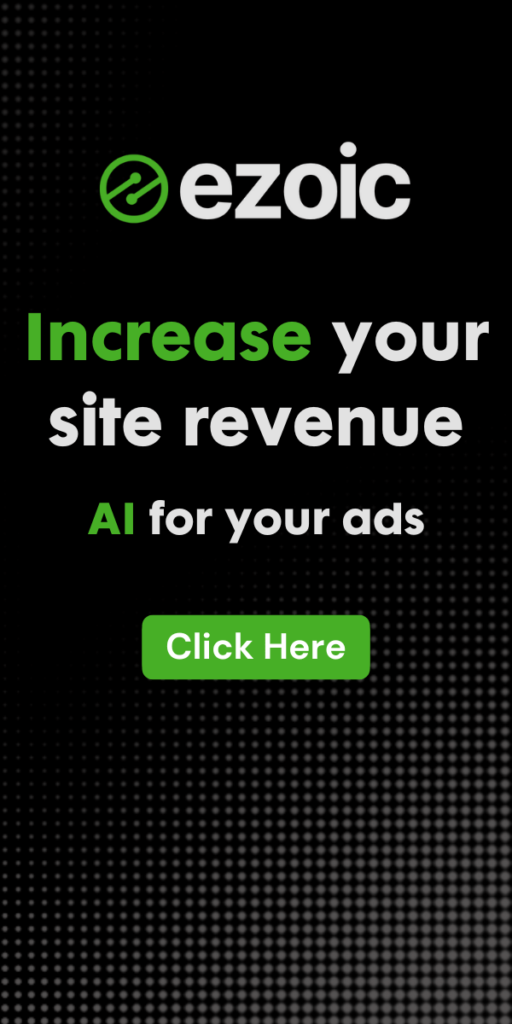This website contains affiliate links. We earn a commission when you buy a product or service using these links.
Publish date: March 17, 2023
Step #7
To do list for this page:
Learn how to optimize your page so that search engines can find it.
What is SEO?
SEO, or Search Engine Optimization, is the process of helping search engines find your webpage and understand what it is about. The goal of search engines is to help users find the information that they need. For example, if someone does a Google search for “How to change windshield wipers,” they are probably standing next to their car with their new windshield wipers in hand, and they need to know what to do next. Google is hoping to find a webpage that can help them.

The way that Google knows what your webpage is about is through the text on the page. Some text on the page will give stronger cues to Google than other text. For example, if the word “windshield wipers” only appears once in the third paragraph of the article, Google knows that the webpage probably won’t help the user learn how to change their windshield wipers. If, however, the words “change” and “windshield wipers” appear throughout the article, and other related words (like car, rain, etc.) are scattered throughout the article, that webpage is probably going to be more helpful.
Why is SEO important?
SEO is important because it will increase traffic to your website by raising your ranking in the search engine results pages (SERPs). If, for example, when people type “how to change windshield wipers” into Google they visit your website and then quickly hit the back button to look for another site, Google will learn that your website is not very helpful. If they linger on your page, however, Google will assume that the person is getting the information that they need. Google will then list that webpage more often in the search results which will increase traffic to your website.
Your primary goal is to write an article that is helpful to the reader. Your secondary goal, however, is to be sure that your website is optimized so that search engines can understand it. If not, the readers will never find your site.
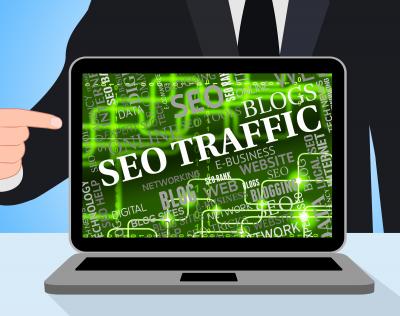
What are keywords?
Keywords are the words or phrases that users are looking for in their search engine query. The keywords will describe the topic of your article. If you write an article about a broad subject like “exercise equipment” or “sport cars.” It would be hard to compete and show up in the search engine results. If, however, you drill down on the topic and write about some niche subtopic, there will be less competition.

What are short-tail keywords?
Short-tail keywords generally consist of only 1-3 words. These are broad topics and have a lot of competition. There will be many articles on the web on these topics so it will be hard to show up in the search engine results.
What are long-tail keywords?
Long-tail keywords are phrases that describe niche topics. These topics will have lower search volume but less competition, so it will be easier to show up on the first page in the search results. To illustrate, consider animals with literal short tails and long tails. If I search for “rodents” (a short-tail topic of just one word), there are many kinds of rodents because this is a very broad topic. If, however, I add more information (such as “rodents that live in trees”), it will narrow the topic.
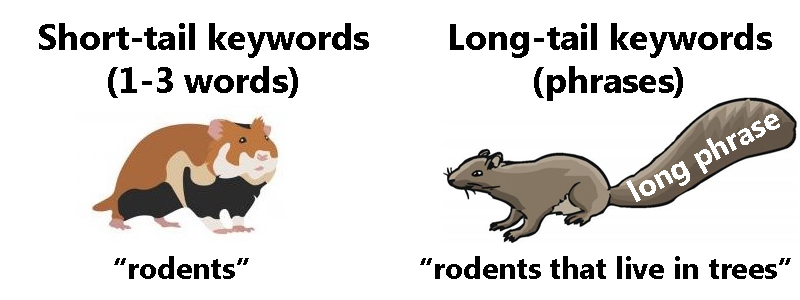
The difference in the success of keywords is not necessarily the number of words, but how broad the topic is. See the example below comparing “exercise equipment” (a broad topic) to “dumbbell ab workout” (a narrower topic). The two keyword phrases have the same search volume (10K-100K), but “dumbbell ab workout” has over 900% growth rate, low competition, and a higher CPC (Cost Per Click). CPC is how much companies are paying for advertising on those keywords which gives you an idea of how profitable that keyword phrase can be.

How do I find good keywords?
A great free tool to find keywords is the Discover New Keywords section of the Google Keyword Planner. This is a tool for finding new keywords on a topic and seeing search and advertising data for these keywords.

In the Enter products or services closely related to your business section, type in your broad website topic. Next, click on the “Get results” button. It will provide you with a list of keywords within that topic and data on the search volume, growth, competition level (low, medium, or high) and CPC amount. Don’t be afraid to select keyword phrases with lower search volume. It’s better to have low competition and show up on the first page of the search engine results than to select something with more search volume, but more competition.
Another free source for keyword ideas is ChatGPT. Just ask ChatGPT for keyword ideas about your topic. ChatGPT will give you ideas, but it doesn’t reference search engine data on the keywords. Take the suggestions that it provides and run them through the Google Keywords Planner to see the search stats on them.
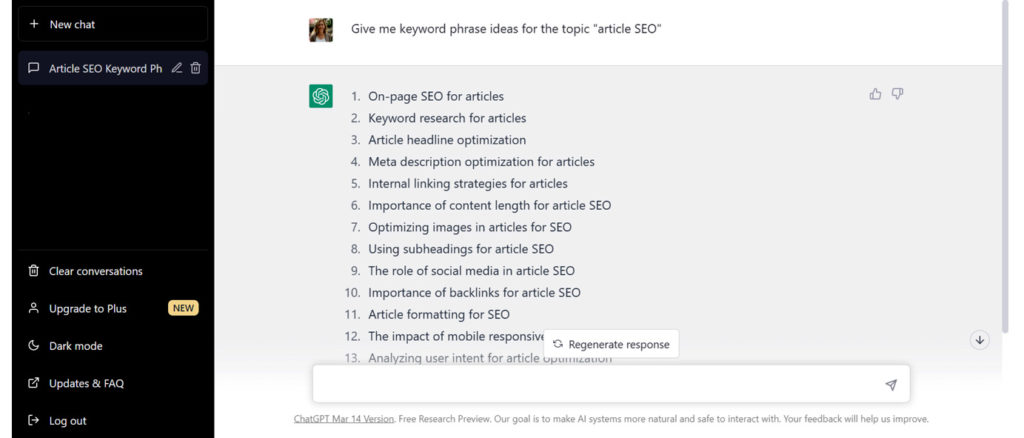
What is on-page SEO?
On-page SEO is what you do to optimize your page or post so that search engines can find it. These optimizations include positioning of the keyword phrase, internal linking from pages on your site, providing a good user experience, and covering the topic thoroughly.
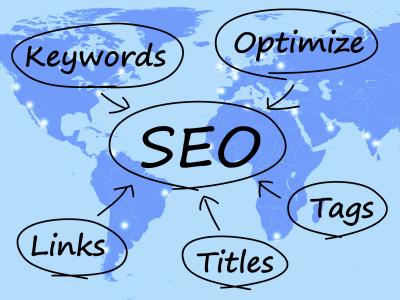
What is keyword density?
Keyword density is the proportion of keywords to other text on the page. A keyword density of 1-2% is considered to be optimal. Repeating your keyword phrase too much will actually hurt your website rankings. Excessive repetition of the keyword phrase on a page is referred to as “keyword stuffing.” Google penalizes keyword stuffing, and so much repetition generally sounds unnatural to the reader anyway. Remember that your number one goal is to provide a quality article for your reader. As you write a thorough, high-quality article, you will naturally end up using your keyword phrase and related words in the text.
Where do I use the keywords?
There are certain locations on the page where you should try to use your keyword phrase if it sounds natural; these are in the URL, the article title, the meta description, the image alt tags, hyperlinks and scattered through the article text. We’ll get into more detail on each of these below.
URL
Ideally your keyword phrase should be in the URL of the page. I recommend that you go in the WordPress dashboard into Settings, Permalinks and then select that you want all webpages to use the post name in the URL rather than the publish date. This way whatever you put as the title of your article will be the URL by default.
www.website.com/your-keywords/
Title/H1
The meta title code and the H1 heading of the article (basically the title of your article) are technically separate things, but when you type in a title of your article in WordPress, it automatically becomes your meta title and your H1. You don’t have to worry about understanding the difference between the two. The important thing to know about SEO of your title/H1, is to include your keyword phrase and ideally put it up front. For example, if your keyword phrase is “toys for teaching Spanish,” you would put it out front (“Toys for teaching Spanish: Recommendations and where to buy them”). Also, try to keep your titles to 60 characters or less. If they are too long, Google will truncate them on the search engine results page.

Think about how people will be searching for the information that you are providing. This is called “search intent.” What is the user typing into the search engine? Google wants to answer their query, so if you use their exact query wording, you’ll have a leg up on other sites. People often search for information using the phrases “How to . . . “ or “What is . . . “
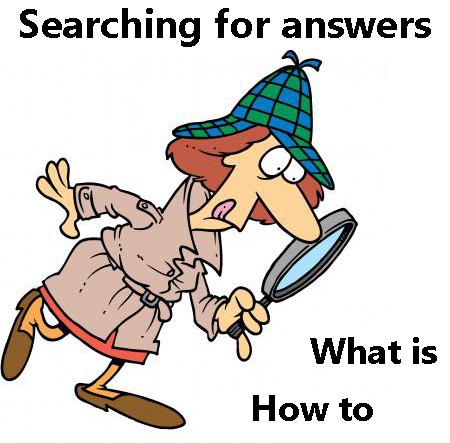
Remember that your title will appear in the search results page, so you want something that is going to catch people’s attention and make them click and visit your site. Think about what has enticed you to click on links in the past. People tend to be interested in a mystery. If the title is a question, they will want to find out the answer (e.g., “What is the most important feature of on-page SEO?”). If the title leaves out key information, they want to click through to find out more information (e.g., “Make this change and your website traffic will skyrocket”). Numbered lists are also very popular (e.g., “5 SEO tricks to increase your search rankings”).
How do I know if I’ve found a good title?
There are a couple of free tools that can help you find a good title.
Google Keyword Planner – If I’m trying to decide between a couple of options, I sometimes plug both into the “Get search volume and forecasts” section of the Google Keyword Planner and compare their search data.
Ezoic Tag Tester – Ezoic offers a helpful tool called the Tag Tester which allows you to enter many title options. It will run each of them for a period of time and collect data to see which performs best. Then it will keep the most successful one and run it as the title of your page.
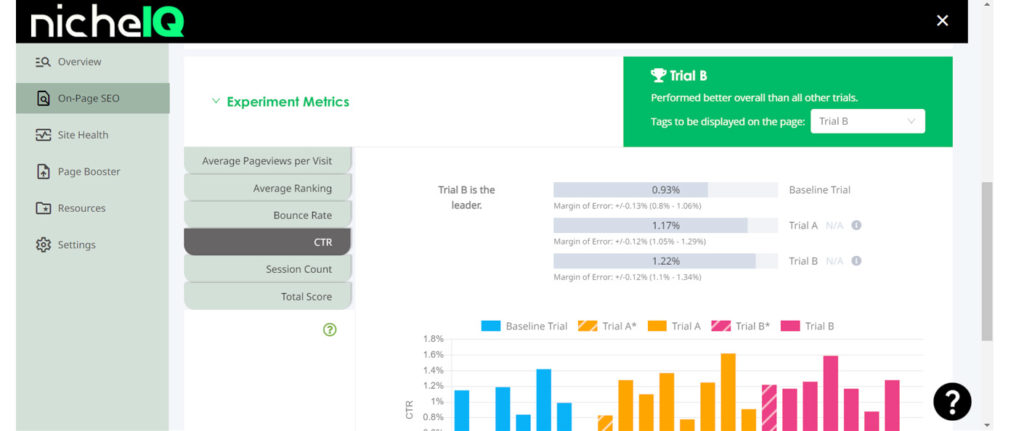
Meta Description
The meta description is a summary of what is on the page. It appears in the search engine results right after the title tag. The meta description should accurately reflect what is on the page but entice users to click through and read the article. Ideally the meta description should include your keyword phrase as close to the beginning as possible. The meta description tag should not be longer than 160 characters, or Google will truncate it just as it does with long titles.

Image alt text
When you insert an image into a webpage, you have the option to include something called “alt text.” Alt text describes the image for screen readers (like for people with a visual impairment) and also appears if the image doesn’t load. Additionally, the alt text lets search engines know what the image is. Ideally you want to include your keyword phrase or related keywords (if they fit in naturally) in one or two of the alt text on your page.
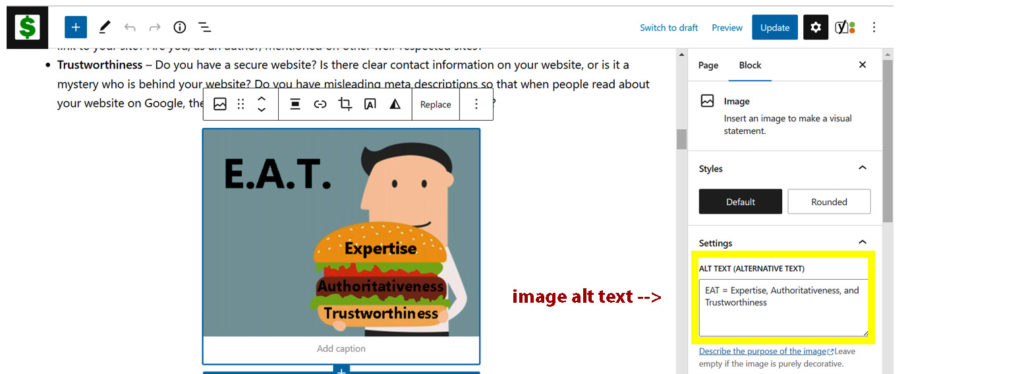
Headings
Headings break up articles and make them easier to read. When beginning to write an article, make an outline with your H2s (second-level subheadings). If some need to be further broken down, write H3s, H4s, etc.
The ideal format for an H2, if it fits naturally in your article, is as a question. Write in the format that people will be searching (search intent). If you’re trying to decide between a few H2 heading options, try plugging them into the Google Keyword Planner to see search data on them. Go with the one with the most traffic and/or least competition.
Text
Try to include the keyword phrase somewhere in the first paragraph if possible. In the first paragraph also grab their intention and get them to want to read on. Since I’m a teacher, I generally list the lesson objective on the top of each page so that they know what they will learn on the page. Questions can pique people’s interest and make them want to read on to find the answer. Some people put a table of contents at the beginning of each article with links to sections (with anchor text).
Text decoration (bold/italic) can also point out important information to Google and to readers. You may want to use text decoration on important words, phrases or sentences. Text decoration on keywords can be a cue to Google that those words are important in the article.
Paragraphs should be 3-5 sentences long. Long paragraphs can drag on. Also, include images often between paragraphs so that you don’t lose the reader’s interest.
How long should articles be?
Articles should be at least 1000 words, but if it’s longer, that’s even better. You want to thoroughly cover your topic. According to SEM Rush, articles with three thousand words or more get 138% more traffic than articles with five hundred or fewer words. Big Data Analytics, a free tool from Ezoic, can tell you exactly what length is best for articles on your site based on your traffic data.
What are featured snippets?
Google’s featured snippets are quick answers to search queries that are displayed at the top of the search results. They can be in the format of a paragraph, a list or a table. If Google selects information from your page to be the featured snippet, that means that your site will be listed at the top of the search results. See examples of each type of snippet below.
Paragraph featured snippet

List featured snippet
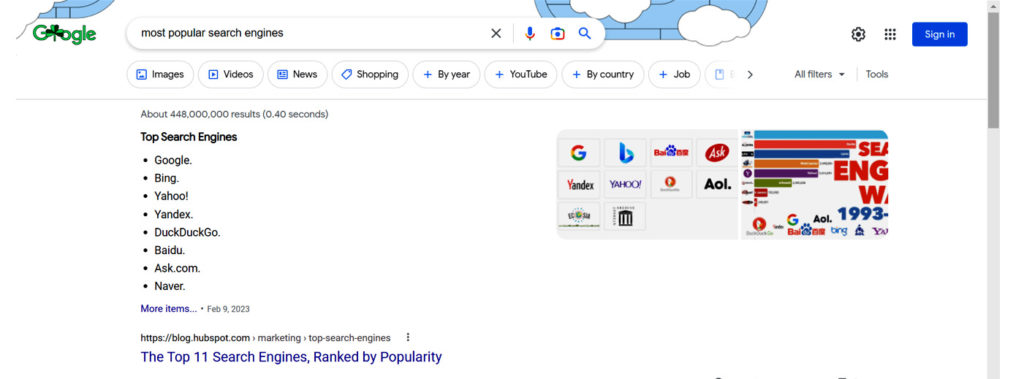
Table featured snippet
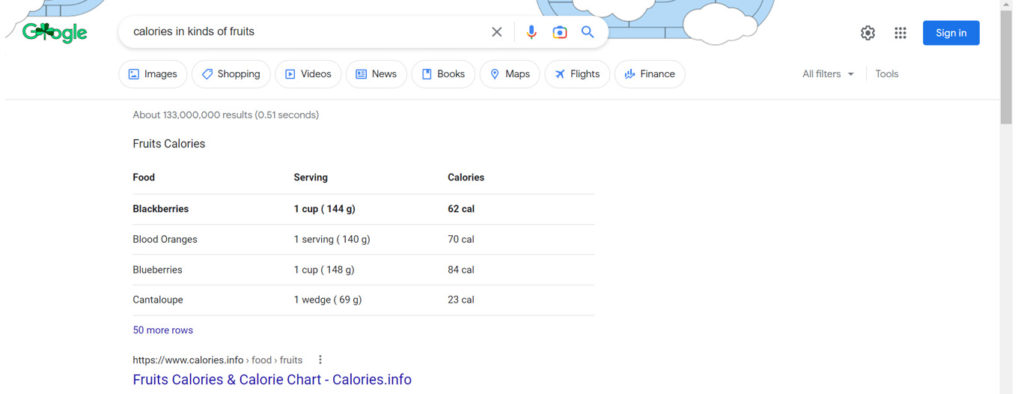
How can I become a featured snippet?
To become a featured snippet, you should have a subheading or sentence that states the question or replicates as much as possible the wording that people will use in their search query, and then provide the answer. Note how I structured this paragraph. The subheading is in the format of a question (“How can I become a featured snippet?”), then the first sentence of the paragraph answers that question.
To encourage Google to select your list, you should also use a subheading or a question as I’ve done below.
What are the types of featured snippets?
- Paragraph
- List (bulleted or numbered list)
- Table
For tables, be sure the table has a title and each of the columns has headings so that Google knows what the data represents. See the example of the table below.
What is the most common type of featured snippet?
| Type of snippet | Percent of total snippets |
|---|---|
| Paragraphs | 81.95% |
| Lists | 10.77% |
| Tables | 7.28% |
Data from Search Engine Journal
Why is user experience important for SEO?
User experience is also important for SEO because if users are frustrated with your page and click back right away to the search results to look for another page, Google will learn that your webpage is not a good experience and list it less often. Slow page load time, interaction speed and visual stability are all factors of user experience. These are referred to as the core web vitals.
What are core web vitals?
Core vitals consist of the following metrics:
- Largest Contentful Paint (LCP) – LCP is how many seconds it takes for the largest element in the viewport to load. The viewport is the portion of the page that the user can see on the screen. The largest element is typically an image or video. A good LCP is 2.5 seconds or less.
- First Input Delay (FID) – FID is the time from when a user clicks on or interacts with an element on your page (link, button, etc.) to when the browser responds. A good FID is 100 milliseconds or less.
- Cumulative Layout Shift (CLS) – CLS is the amount of unexpected shifting in the page layout. I’m sure you have experienced trying to read an article when all of a sudden, an ad loads and shifts everything around causing you to lose your place. This annoying characteristic is CLS. A CLS of 0.1 (amount of shifting) or less is considered to be good.
You can find out what your page’s core web vital score is at Google PageSpeed Insights https://pagespeed.web.dev/
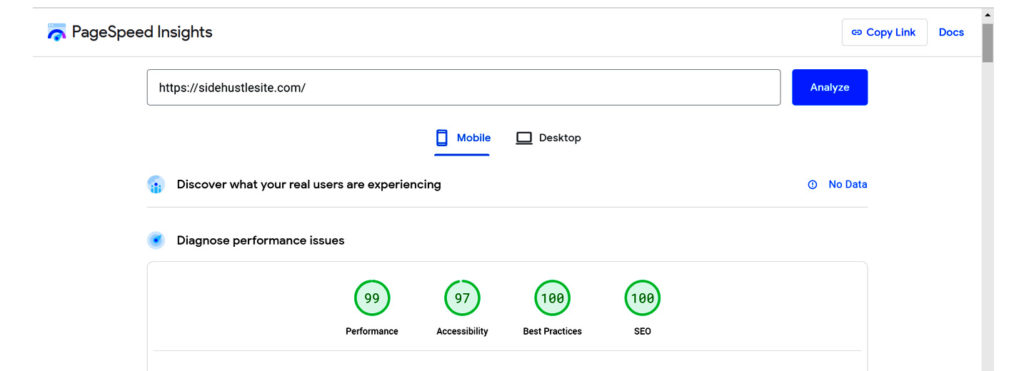
How can I improve my core web vitals?
- Remove images – This one is a catch 22. Images make the article more interesting to the reader and can provide a positive user experience. They can also slow your page down since they take longer to load than text. The ideal situation is to do something called “lazy loading.” This is where images that are further down the page (out of the viewport) don’t load until the reader scrolls down to their location. Ezoic provides lazy loading for free.
- Remove plugins – WordPress plugins can provide useful features to your website, but they can also slow it down. Remove any plugins that you think you can do without.
- Ezoic Leap – Ezoic offers a free tool called Leap that offers optimization features and diagnostics to improve your core web vitals scores. Their CDN (Content Delivery Network) will decrease your page load time. They will also reduce your image file size and lazy load your images on the page. Leap will minify and optimize your CSS and JavaScript code to make your site more efficient.
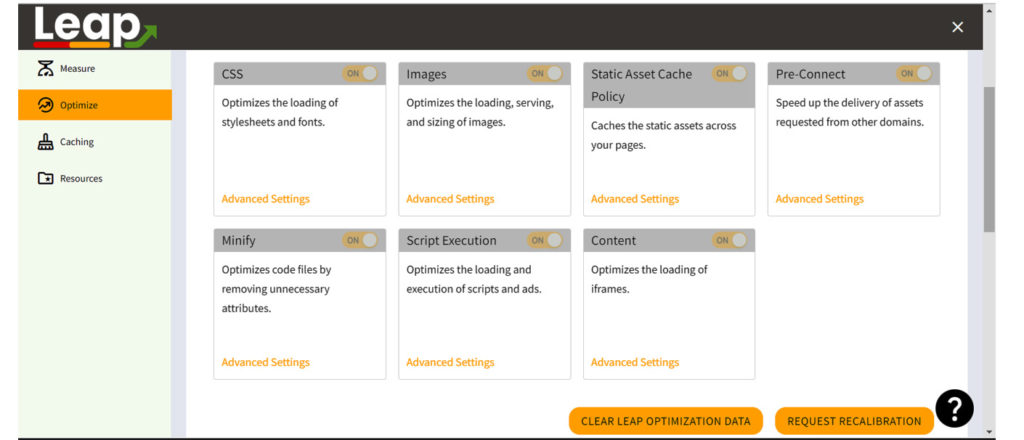
Links
The final attribute of on-page SEO is internal linking. While external links (links from other authority sites) are seen by search engines as endorsements and boost SEO, internal links (links from other pages on your site) also are important. Be sure to link to other pages in your site when it makes sense. You may want to include a list of links to related articles at the end of each article or post. This will also encourage the reader to stay on your website and visit another page.
How do I know if my article is SEO-friendly?
Yoast is an essential WordPress plugin for SEO. When Yoast is installed and activated, you will get helpful SEO tools as you create each page and post for your website. There is a premium version of Yoast, but even the free version has plenty of great tools.
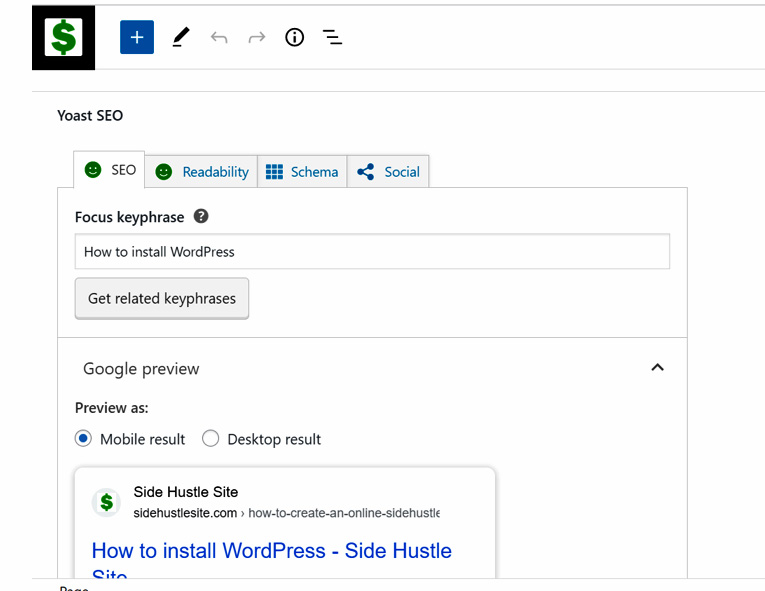
What’s the next step?
In the next lesson we’ll learn How to add images to your pages.

